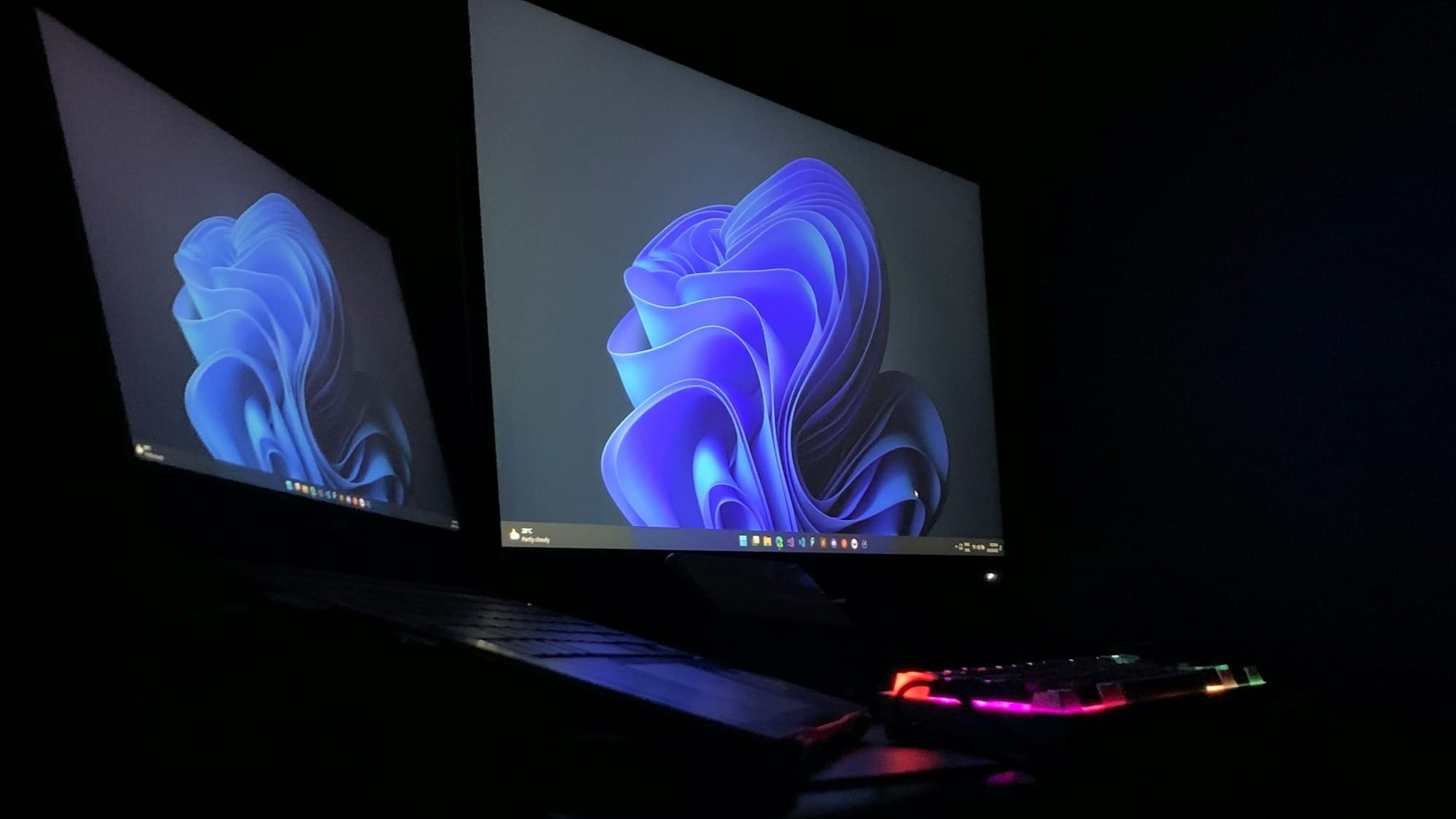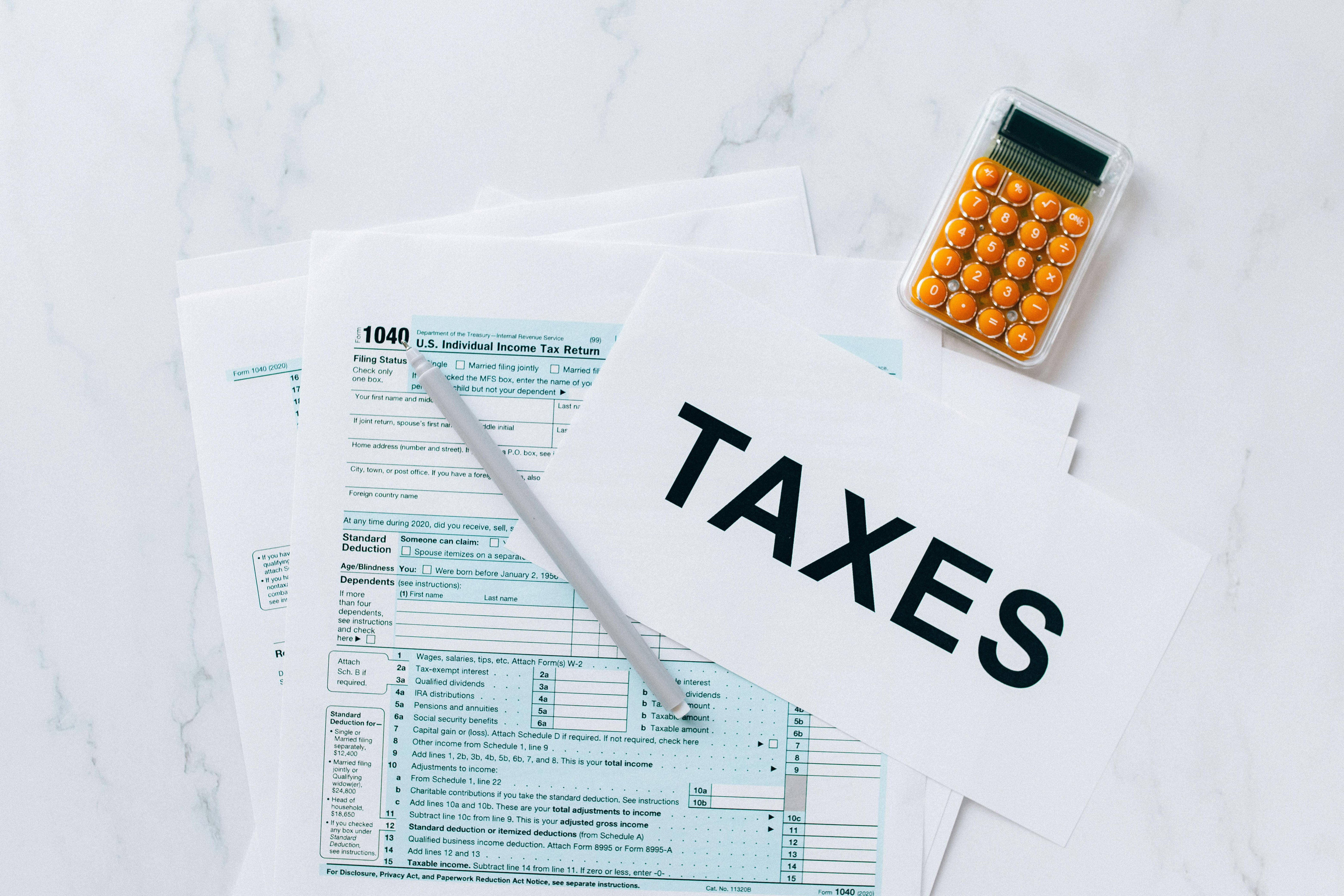
Can You Deduct Your Home Office on Your Taxes?
You work from home and have a dedicated space for your business. Does that mean you get a tax break?
The answer depends on whether you're self-employed or working as an employee. Let's break down who qualifies and how to claim this deduction.
Quick Answer
If you're self-employed, you can deduct home office expenses, but only if you use part of your home regularly and exclusively for business.
Employees who work remotely for a company cannot claim this deduction (for tax years 2018 through 2025).
You can calculate your deduction using either the simplified method ($5 per square foot, up to $1,500 maximum) or the actual expense method (which tracks real costs like mortgage interest, utilities, and depreciation).
Who Can Claim the Home Office Deduction
You Qualify If:
-
You're self-employed, a freelancer, or an independent contractor
-
You're a business owner who operates from home
-
You use part of your home regularly and exclusively for business
-
Your home office is your main place of business, or you regularly meet clients there
You Don't Qualify If:
-
You're a W-2 employee working remotely for an employer
-
You only occasionally use your home for work
-
The space serves dual purposes (like a guest room that's also an office)
-
You have another fixed location where you do most of your administrative work
The Tax Cuts and Jobs Act suspended the home office deduction for employees from 2018 through 2025 (IRS Publication 587, 2024).
Before 2018, employees could claim these expenses as miscellaneous itemized deductions, but that option is currently not available.
What "Regular and Exclusive Use" Really Means
Exclusive Use Test
The space must be used only for business. If you use your home office for personal activities too, it doesn't qualify.
Example from the IRS: An attorney uses a den to write legal briefs and prepare tax returns. The family also uses the den for recreation. Because the den serves both business and personal purposes, it fails the exclusive use test and cannot be deducted (IRS Publication 587, 2024).
Regular Use Test
You must use the space consistently for business. Occasional or incidental use doesn't count. Consider all facts and circumstances to determine if your use is regular.
Exceptions to Exclusive Use
You don't need to meet the exclusive use rule if you:
-
Store inventory or product samples (and your home is your only fixed business location)
-
Operate a licensed daycare facility
How Your Home Office Must Function
Principal Place of Business
Your home office qualifies if it's your main place of business. The IRS looks at:
-
How important the activities are at each location
-
How much time you spend at each location
Your home office also qualifies if:
-
You use it regularly and exclusively for administrative or management work
-
You have no other fixed location for these activities
Administrative activities include billing, bookkeeping, ordering supplies, scheduling, and writing reports (IRS Publication 587, 2024).
Meeting Clients, Patients, or Customers
If you meet clients at home in the normal course of business, you can deduct expenses for that space, even if you also work elsewhere.
The meetings must be physical (not just phone calls) and substantial to your business.
Doctors, dentists, attorneys, and similar professionals who see clients at home generally meet this requirement (IRS Publication 587, 2024).
Separate Structures
If you use a detached structure (garage, studio, barn, greenhouse) exclusively and regularly for business, you can deduct expenses. The structure doesn't need to be your principal place of business.
What You Can Deduct
Deductible Expenses Include:
-
Mortgage interest (business portion)
-
Real estate taxes (business portion)
-
Rent (if you don't own)
-
Utilities (electricity, gas, water, trash removal)
-
Insurance (homeowners or renters)
-
Repairs and maintenance (painting, fixing leaks)
-
Depreciation (if you own)
-
Security system (monitoring and maintenance)
What You Cannot Deduct:
-
Lawn care or landscaping
-
Repairs to non-business areas
-
The first telephone landline (basic service charge)
-
Personal expenses unrelated to the business area
Direct vs. Indirect Expenses
Direct expenses benefit only your office (like painting the office). Deduct 100% of these costs.
Indirect expenses benefit your entire home (like utilities or insurance). Deduct only the business percentage of these costs (IRS Publication 587, 2024).
How Much Can You Deduct? Two Methods
Simplified Method (For Tax Year 2024)
Multiply your office square footage by $5, up to 300 square feet maximum.
-
Maximum deduction: $1,500
-
No recordkeeping for actual expenses needed
-
No depreciation to track or recapture later
-
Cannot carry forward unused amounts
Example: Your home office is 150 square feet. Your deduction is $750 (150 × $5).
If your office is 400 square feet, you still max out at $1,500 (300 × $5), because the limit is 300 square feet (IRS Revenue Procedure 2013-13).
Actual Expense Method (For Tax Year 2024)
Calculate the percentage of your home used for business, then apply that percentage to eligible expenses.
Step 1: Determine your business percentage
-
Office square footage ÷ Total home square footage = Business percentage
Example: 200 square feet office ÷ 2,000 square feet home = 10% business use
Step 2: Calculate deductible expenses
-
Multiply indirect expenses by your business percentage
-
Add 100% of direct expenses
Example calculation:
-
Total indirect expenses: $15,000 (mortgage interest, taxes, utilities, insurance, repairs)
-
Business percentage: 10%
-
Deductible indirect expenses: $1,500 ($15,000 × 0.10)
-
Direct expenses (painted office): $400
-
Total deduction: $1,900
Depreciation (Actual Expense Method Only)
If you own your home, you can depreciate the business portion. For homes first used for business in 2024, use the straight-line method over 39 years. Find the depreciable basis by multiplying your business percentage by the smaller of:
-
Your home's adjusted basis (excluding land)
-
Your home's fair market value (excluding land)
Use Form 8829 or the worksheet in Publication 587 to calculate depreciation (IRS Publication 587, 2024).
Gross Income Limitation
You cannot deduct more than your gross income from the business. If your home office expenses exceed your business income:
-
Actual expense method: Carry forward excess to next year
-
Simplified method: Excess is lost (no carryforward)
What to Do Now
-
Determine your employment status. Are you self-employed or a W-2 employee? Only self-employed individuals qualify for the deduction in tax years 2018 through 2025.
-
Measure your office space. Calculate the square footage of the area you use exclusively for business. Also measure your entire home.
-
Check the exclusive and regular use rules. Make sure your space is used only for business and that you use it consistently.
-
Decide which method to use. The simplified method is easier. The actual expense method may give you a larger deduction if you have high home costs.
-
Gather your records. For actual expenses, collect receipts for mortgage interest, taxes, utilities, insurance, repairs, and maintenance for the full year.
-
Complete the correct forms. Use Form 8829 if you file Schedule C. Use the worksheet in Publication 587 if you file Schedule F or you're a partner. If using the simplified method with Schedule C, use the worksheet in the Schedule C instructions.
Common Mistakes to Avoid
-
Claiming the deduction as an employee. W-2 employees cannot claim this deduction for tax years 2018 through 2025, even if they work from home full-time.
-
Using your office for personal activities. Even occasional personal use disqualifies the space. If your kids do homework there, you fail the exclusive use test.
-
Forgetting about the gross income limit. Your deduction cannot exceed your business income. Budget accordingly and don't expect to carry forward losses under the simplified method.
-
Not keeping adequate records. Keep canceled checks, receipts, and other proof of expenses. Document your office measurements with photos or floor plans.
-
Mixing up direct and indirect expenses. Apply the business percentage only to indirect expenses. Deduct 100% of direct expenses that benefit only your office.
-
Ignoring depreciation recapture. If you use actual expenses and later sell your home, you must recapture depreciation taken after May 6, 1997. This means paying tax on that portion of gain. The simplified method avoids this issue.
Forms, Codes, and Resources
Form 8829: Expenses for Business Use of Your Home. Required if you file Schedule C and use actual expenses. Available at IRS.gov/forms.
Schedule C (Form 1040): Profit or Loss From Business. Self-employed individuals report business income and expenses here. Claim home office deduction on line 30.
Schedule F (Form 1040): Profit or Loss From Farming. Farmers claim home office expenses on line 32.
Publication 587: Business Use of Your Home. Comprehensive guide with worksheets for calculating your deduction. Updated annually at IRS.gov.
Revenue Procedure 2013-13: Official guidance on the simplified method. Explains calculation rules and limitations. Available at IRS.gov.
Form 4562: Depreciation and Amortization. Use this to claim depreciation on business property, including your home office if using actual expenses.
Modified Adjusted Gross Income (MAGI): Your AGI from Form 1040, line 11, plus certain exclusions. Not typically needed for home office calculations but relevant for other deductions.
Bottom Line
The home office deduction can save you money if you're self-employed and meet the strict requirements. Your space must be used regularly and exclusively for business, and it must serve as your principal place of business or where you meet clients.
Choose between the simplified method (easier, capped at $1,500) and the actual expense method (more work, potentially larger deduction). Keep good records and consult Publication 587 for detailed guidance.
Sources
IRS Publication 587 (2024), Business Use of Your Home – Internal Revenue Service – Tax year 2024 – https://www.irs.gov/publications/p587
IRS Topic No. 509, Business Use of Home – Internal Revenue Service – Last reviewed September 23, 2025 – https://www.irs.gov/taxtopics/tc509
IRS Simplified Option for Home Office Deduction – Internal Revenue Service – Current as of 2024 – https://www.irs.gov/businesses/small-businesses-self-employed/simplified-option-for-home-office-deduction
IRS FAQs: Simplified Method for Home Office Deduction – Internal Revenue Service – Current as of 2024 – https://www.irs.gov/businesses/small-businesses-self-employed/faqs-simplified-method-for-home-office-deduction
Revenue Procedure 2013-13 – Internal Revenue Service – 2013-06 I.R.B. 478 – https://www.irs.gov/irb/2013-06_IRB#RP-2013-13
IRS Form 8829, Expenses for Business Use of Your Home – Internal Revenue Service – Tax year 2024 – https://www.irs.gov/forms-pubs/about-form-8829
IRS Instructions for Schedule C (Form 1040) – Internal Revenue Service – Tax year 2024 – https://www.irs.gov/forms-pubs/about-schedule-c-form-1040



